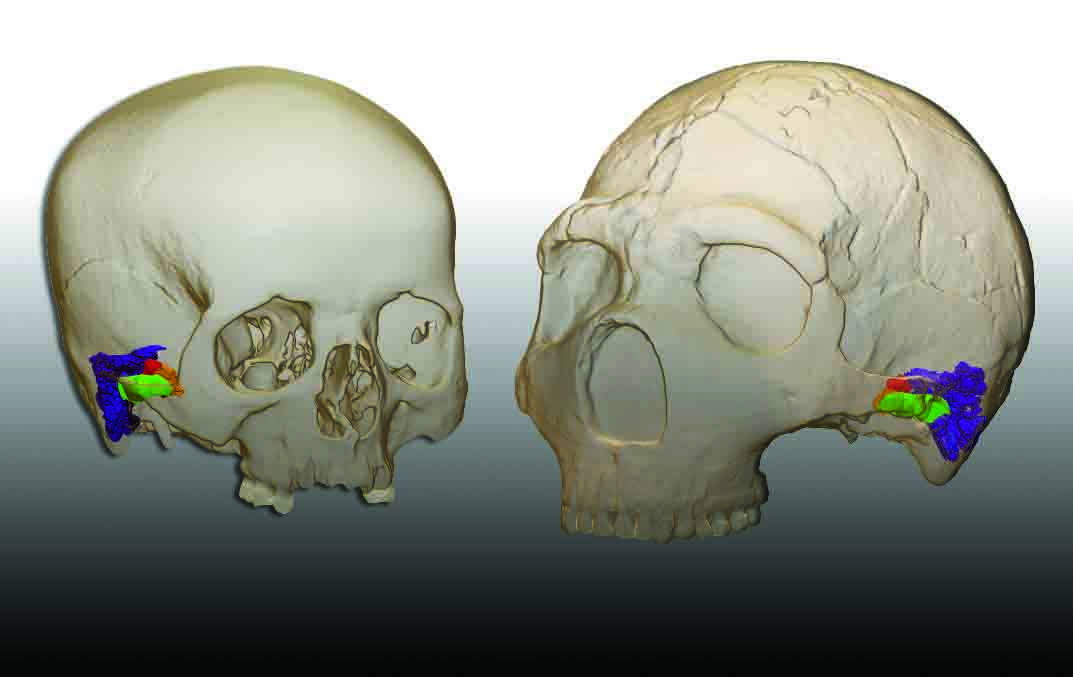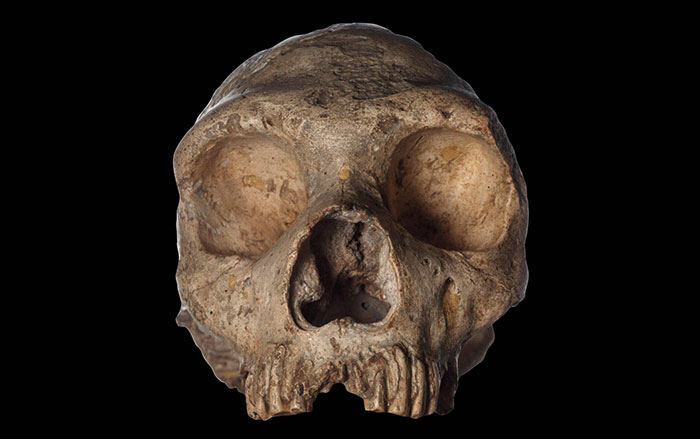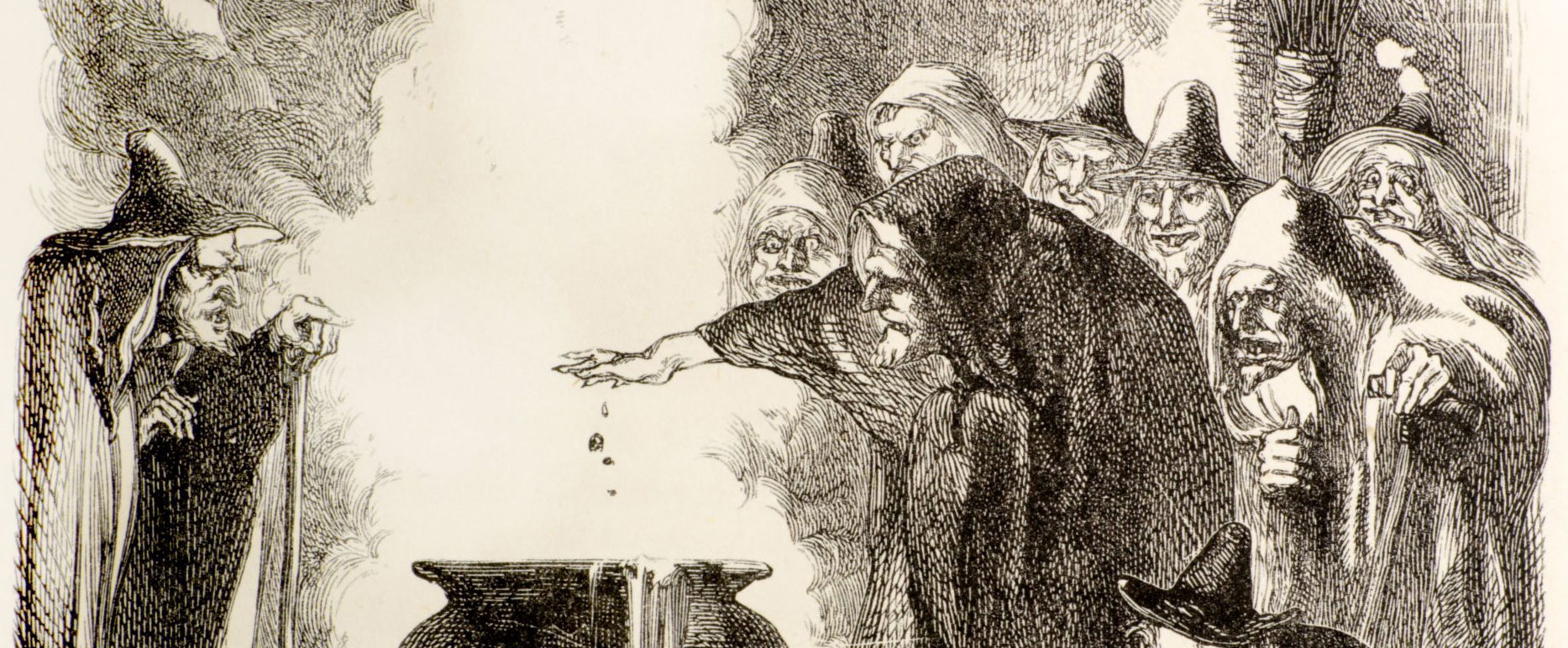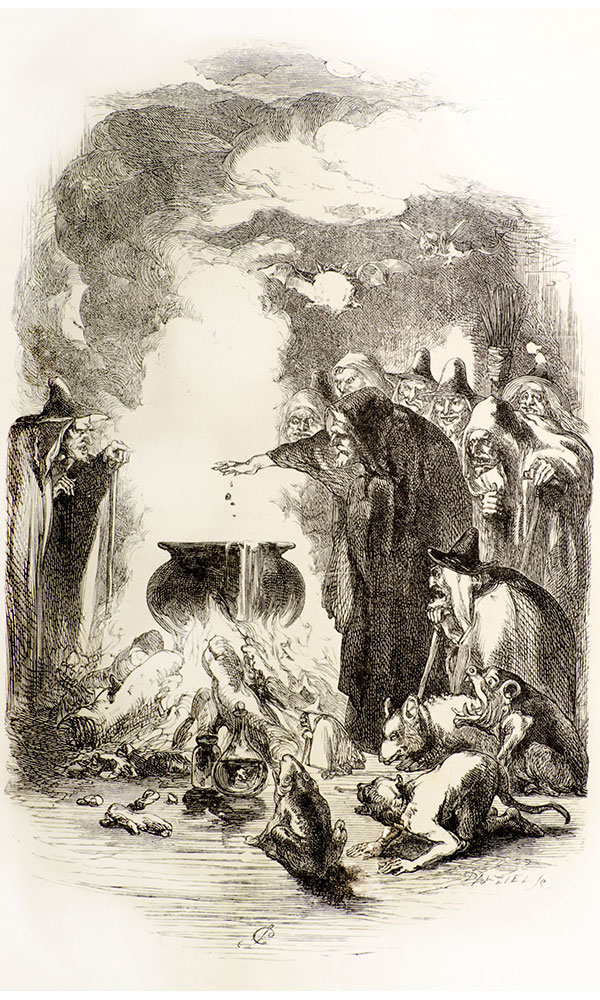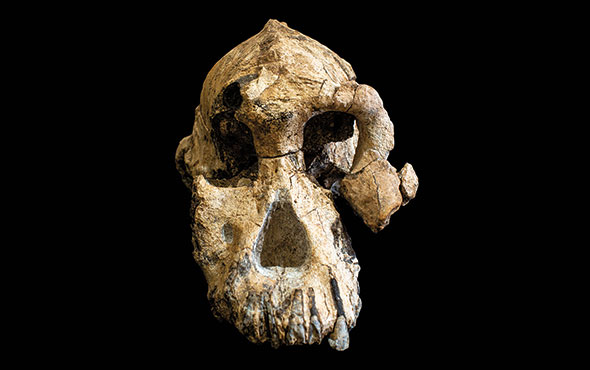
EINDHOVEN, THE NETHERLANDS—According to a report in The Guardian, a population study conducted by Krist Vaesen of Eindhoven University of Technology and his colleagues suggests the arrival of modern humans in Europe may not have triggered the demise of Neanderthals some 40,000 years ago. When modern humans arrived in Europe some 60,000 years ago, the Neanderthal population is thought to have numbered between 10,000 and 70,000 individuals. Vaesen said the models explored what might have happened to Neanderthal populations over a period of 10,000 years, factoring in the possible impact of inbreeding; natural fluctuations in birth rates, deaths, and sex ratios; and so-called Allee effects, which hamper the growth of small populations through limited mate choice and a lack of hunters and caregivers. Inbreeding, which harms the fitness of the population, may have been the sole cause of Neanderthal extinction, Vaesen explained, although in one scenario explored by the researchers, modern humans could have contributed to Neanderthal extinction by simply being present in the environment and isolating different Neanderthal groups. “It has nothing to do with competition or superiority, it’s more of a fragmentation of the habitat,” he said. For more on Neanderthals, go to "Proteins Solve a Hominin Puzzle."


